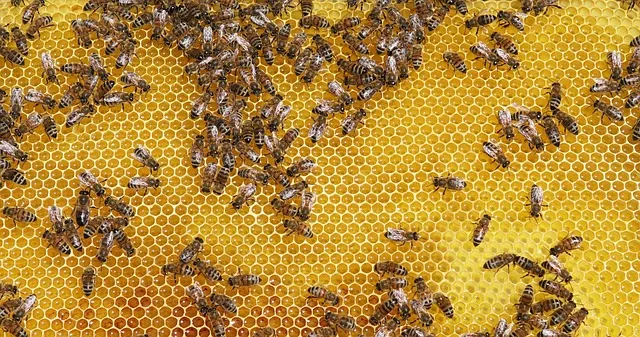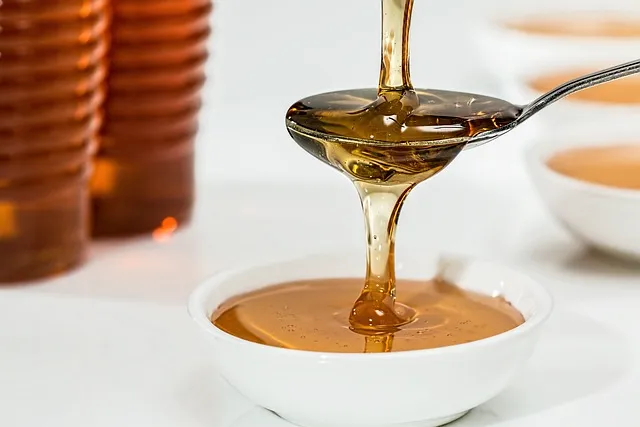How much honey does 1 hive produce per year?
Every bee season culminates when honey production is at its peak, with bees bringing the maximum amount of nectar per day. When everything is right, foragers will spend all their time foraging. On the other hand, the house bees process and dehydrate the nectar as quickly as possible. A worker bee can visit up to 100 flowers in a trip and thousands of flowers in a day. Being social insects, they work as a team to co-ordinates efforts. While are countless reasons for these fantastic creatures, most beekeepers look forward to their first honey harvest.
Similar Articles you may like to read –
Can I take honey from a first year hive?
How much honey does 1 hive produce per year?
Is beekeeping profitable? How much can l make in a year?
Approximately how many flowers must bees visit to produce one pound of honey?
How much honey does 1 hive produce per year?
The amount of honey produced in one hive depends on the weather, geographical location, diseases and pest infestation, hive population, robbing tendencies, and local flowers available. With perfect conditions, most hives produce high yields of honey. Depending on various variables, a typical hive can produce 25 -200 pounds of honey. Some colonies make none, while others make as much as 120 pounds. Due to many variables, your honey supers will not be filled every year. Bees make 2 to 3 times more food than they require, so beekeepers are delighted to enjoy some.
What is the input of beekeepers in honey production?
The beekeepers take care of all the bee’s needs. They ensure they provide them with water, feed when nectar supplies are low), provide shelter, and ensure the colony is free from pests and diseases. Some go ahead to plant bee-friendly plants in their garden to ensure the bees get nectar and pollen within a close range. To reward themselves, they take the surplus honey that bees produce.
What does it take to for bees to produce optimum quantities of honey?
- Good centration of nectar-producing flowers
- Good rain before flowers starts to bloom. It makes the flowers to be full of nectar.
- A strong hive with a large bee population.
- Enough space to store honey
- Sunny and warm weather to enhance flowers to produce maximum nectar
- Extended daylight for bees to work from morning to dusk
Do bees make honey throughout the year?
Most people tend to think that bees make honey all year round. This is not true. Bees will only collect nectar when it is available and when the conditions are conducive for flight. When food is scarce, the colony feeds on honey. In warm regions, bees can make honey throughout the year. Spring and summer are the ideal seasons for honey production in cold areas. During fall, a bit of honey is also produced mainly from flowers that bloom late such as eucalyptus and buckwheat.
Why do bees make honey?
Bees make honey to survive in winter. They know that hard and cold day are ahead and work extremely hard to have abundant food stores. They do not hibernate like other insects but huddle in the hive to keep warm. They require food reserves to stay warm. Beekeepers should ensure the bees have sufficient stores first before harvesting. Bees also use honey throughout the other seasons to feed their brood.
More articles you may like to read –
Should I filter my honey?
Do mason bees make honey?
Is taking honey from bees cruel?
Can I take honey from a first year hive?
What is a nectar flow?
Nectar flow is a term used in beekeeping to refer to a window when nectar sources are in bloom, and the weather is favorable for bees. Bees can collect enough nectar to make honey for their needs and store the excess. The length of the nectar flow depends on the variety of nectar-producing plants and weather conditions. A beekeeper should understand when it starts and ends since they usually harvest honey after a substantial nectar flow. It helps to reap maximum production. Nectar flows are unique in different climatic regions.



